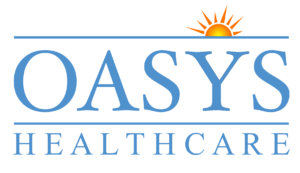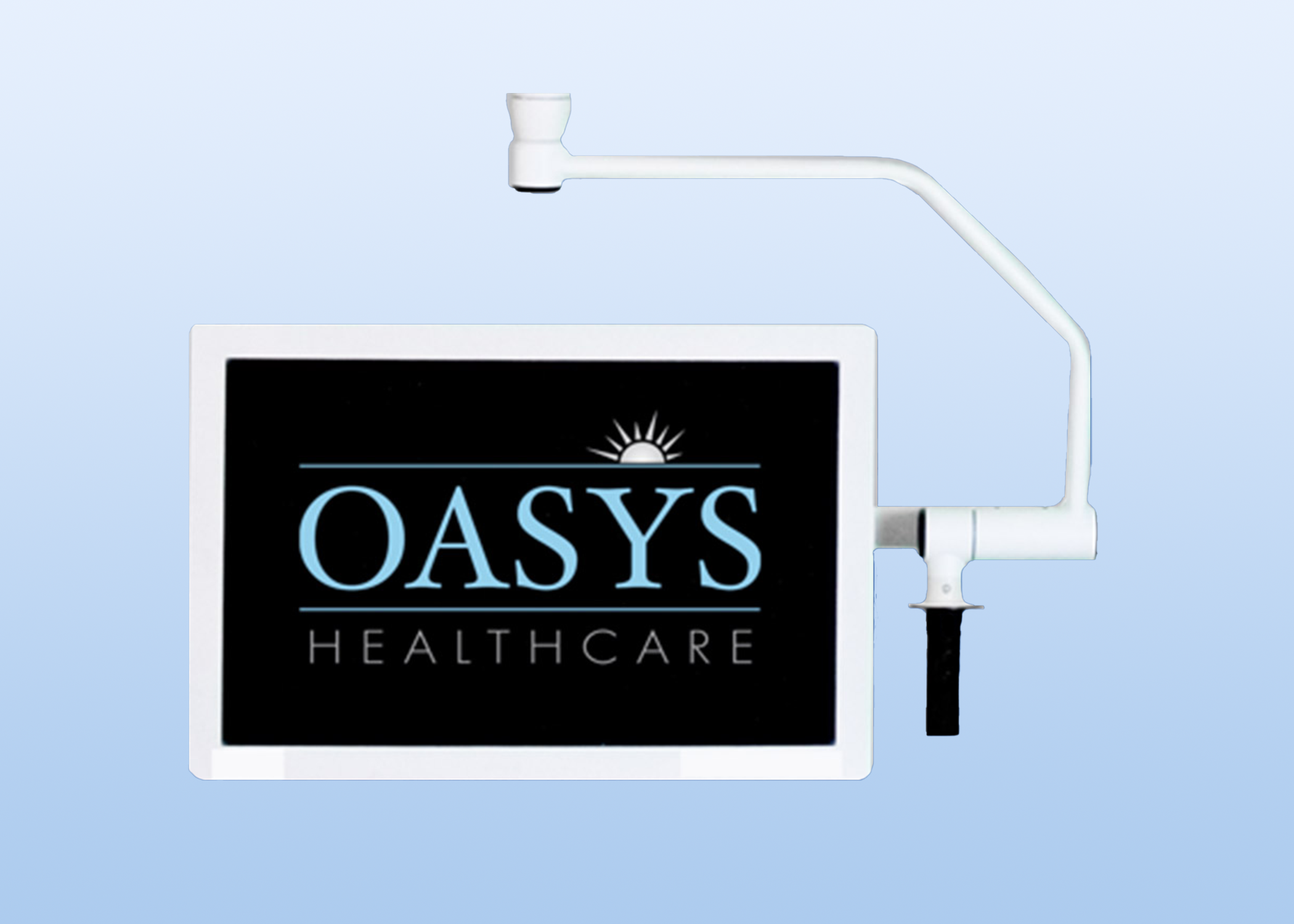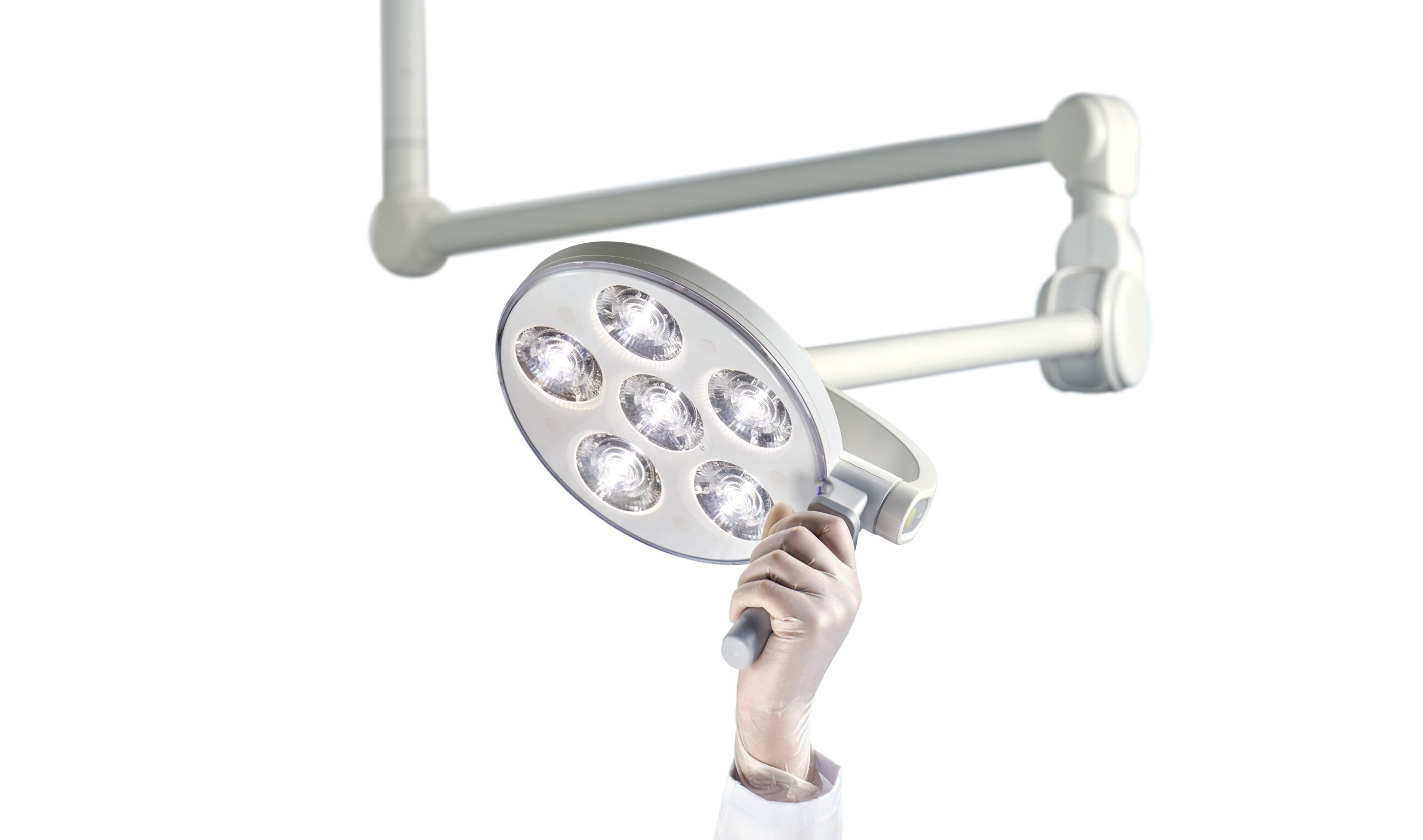Enhancing Patient Care
Hospitals have always been focused on providing medical care to patients, but the healthcare experience goes far beyond just treatment. The patient environment plays a crucial role in overall well-being, and hospitals today are investing in advanced technologies to improve both the quality of care and patient satisfaction.
A growing area of focus is the integration of patient entertainment systems, which not only provide comfort but also help manage stress and promote healing. Complementing these systems are medical support arms and mounting systems, which ensure that devices are safely and conveniently accessible for patients and caregivers. In this blog post, we’ll explore how LOC Medical’s software solutions and OASYS Healthcare’s support systems contribute to improving the patient experience and enhancing care.
The Importance of Patient Entertainment Systems
Hospitals can be intimidating, isolating environments, particularly for patients who are facing extended stays or undergoing serious treatments. A patient’s mental and emotional state plays a crucial role in their recovery, which is why hospitals are increasingly offering entertainment options as part of their care protocols. Providing access to television, movies, music, games, and educational content helps patients relax, stay informed, and feel connected to the world outside their hospital room.
In addition to reducing stress and anxiety, patient entertainment systems allow hospitals to offer more personalized care. Patients are no longer passive recipients of healthcare—they can engage with educational content that informs them about their treatment or provides distraction through entertainment. Furthermore, the ability to connect with loved ones via video calls, chat, or social media can reduce feelings of loneliness, which is especially important for long-term patients.
By improving the overall hospital experience, these systems help patients maintain a more positive mindset, potentially leading to better recovery outcomes. This is where the right entertainment software comes into play.
Software for Patient Entertainment: A Deep Dive into LOC Medical’s Solutions
LOC Medical is a leader in providing advanced software solutions for patient entertainment in hospitals. Their platform is designed to offer a fully integrated system that combines entertainment, education, and communication features tailored to the needs of healthcare facilities and their patients.
One of the key advantages of LOC Medical’s software is its customization capabilities. Hospitals can tailor the content presented to patients based on their preferences, condition, or treatment plan. For example, patients recovering from surgery may benefit from educational videos on post-operative care or mental health resources, while others may prefer entertainment content like movies, TV shows, or music.
Moreover, the remote management feature is critical in hospital settings. With multiple patient rooms, it is essential that entertainment content is kept fresh and up to date. LOC Medical’s software allows hospital staff to update, manage, and distribute content to all devices across the hospital’s network, ensuring that patients always have access to new material and that the system runs smoothly.
The connectivity of the software also stands out. LOC Medical integrates seamlessly with other hospital systems, including Electronic Health Records (EHR) and patient monitoring systems. This integration ensures that patients can be informed of their treatment schedule, daily tasks, or even upcoming procedures directly through the entertainment system. By doing so, it offers more than just entertainment—it’s a comprehensive tool that enhances patient care through real-time updates and personalized interactions.
An essential feature of the software is its user-friendly interface. Since patients may vary in age and technological skill, the system is designed to be intuitive and simple to navigate, ensuring that all patients, regardless of their tech-savviness, can easily access the content they need. Whether it’s watching a show, listening to music, or using an educational app, patients can interact with the system without feeling overwhelmed.
The impact of this software on patient care cannot be overstated. Beyond keeping patients entertained, it offers a sense of control over their environment, provides educational content, and facilitates communication, leading to a more positive and informed patient experience.
Support Arms and Mounting Systems: Enhancing Flexibility and Safety
While software plays a central role in patient entertainment, the physical setup of devices in hospital rooms is equally important. That’s where OASYS Healthcare comes into play. OASYS Healthcare specializes in providing high-quality support arms and mounting systems that ensure medical devices and entertainment systems are both functional and safe.
One of the most crucial features of OASYS’s mounting systems is their flexibility. Hospital patients are often bedridden or have limited mobility, making it essential that entertainment and medical devices be positioned for maximum comfort and accessibility. OASYS offers bedside mounting systems that can hold televisions, tablets, and other devices in place while allowing them to be easily adjusted to the patient’s preferred viewing angle.
These systems are designed for ergonomics, so they allow patients to change the position of the device without needing to leave their bed or adjust the equipment themselves. This helps ensure that the patient remains comfortable, reducing strain and potential discomfort. For example, a patient recovering from surgery may need to stay in a specific position for hours at a time, and the flexibility of the mounting system allows them to watch a show or access educational content without having to sit up or move.
Safety is also a top priority. OASYS’s mounting systems are designed to securely hold devices in place, reducing the risk of accidents or falls. In a hospital environment, where patients may be more vulnerable, ensuring that devices remain stable and out of the way is crucial. The secure attachment points prevent accidental dislodging, which helps avoid potential injuries.
Additionally, reducing equipment clutter is another benefit of these mounting systems. Hospital rooms often contain a wide variety of equipment, and having a neat, organized space is important not only for safety but also for the patient’s mental well-being. By mounting devices like TVs or tablets on adjustable arms, hospitals can keep surfaces clear and reduce the risk of equipment interference with other medical tools.
Enhancing the Hospital Environment Beyond Entertainment and Mounting Systems
While patient entertainment and equipment safety are essential elements of modern hospital care, there are additional ways technology is improving the hospital environment. One of the most impactful advancements is communication systems that allow patients to interact with hospital staff more easily.
Many patient entertainment systems now include two-way communication tools that allow patients to directly request help, ask questions, or communicate concerns with their care team. This can be particularly beneficial for patients who may not want to use a traditional call bell or who require assistance at odd hours. The ability to directly communicate through an entertainment system streamlines the process and improves the response time for hospital staff.
Virtual health consultations are also becoming more common. Some systems enable patients to have video consultations with their doctors, reducing the need to leave their room for routine check-ins. This is especially valuable for patients with weakened immune systems or those undergoing treatments that make moving around difficult.
Furthermore, the integration of health monitoring systems with entertainment platforms can help healthcare professionals stay up to date on a patient’s condition. Real-time health data, such as heart rate or oxygen levels, can be monitored alongside entertainment content. This ensures that caregivers are always aware of the patient’s status, enabling quicker responses to any changes in condition.
Conclusion
In today’s healthcare landscape, patient experience is just as important as medical treatment. By integrating patient entertainment systems, like those offered by LOC Medical, and providing flexible, safe mounting systems from OASYS Healthcare, hospitals can enhance comfort, reduce stress, and improve overall satisfaction. These technologies not only contribute to the mental and emotional well-being of patients but also help streamline communication and promote safety within the hospital environment.
The future of healthcare lies in continued innovation, and as technology advances, we can expect to see even more ways to improve patient care. From more immersive entertainment options to advanced health monitoring systems, the possibilities are endless. Hospitals that embrace these technologies will not only provide better care but also create a more welcoming and supportive environment for their patients.












